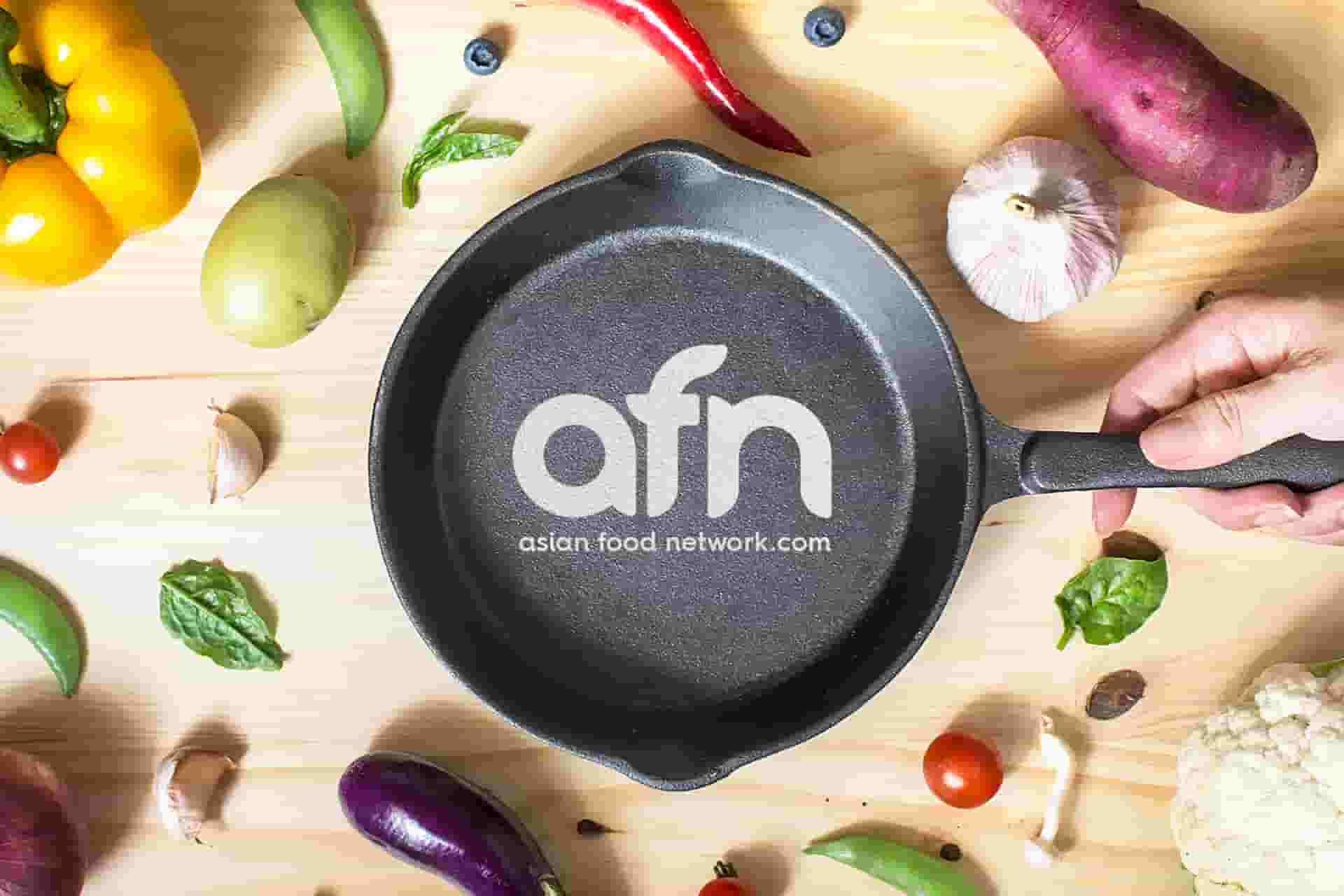
There were the delicious Cantonese roast meats- juicy duck, white cut chicken, crispy skin pork, and steamed fish- my all-time favorite. In Vancouver, it was always a gorgeous meaty rock cod, a local catch. The flesh was bright white, firm and dense (it was a cold water fish –we were in Canada, afterall), and was always steamed in the classic Cantonese way. That's with scallions, julienned ginger, soy, cilantro and more scallions sprinkled on top. A final drizzle of hot oil brought out its perfume.
If my relationship with Chinese New Year were a Facebook status, it would be “It’s Complicated".
I immigrated to Canada from Hong Kong when I was just a year old, and never once visited (or Asia, for that matter) while I was growing up. All the traditional symbols of Chinese New Year- red packets, dressing in new red clothes, going to the flower market, and the four-word well wishes, felt like merely activities. Though fun, they didn’t carry real meaning for me.
But the food though, that was different.

A meal fit for reunion dinner, the most significant meal in Chinese New Year
As a food lover, my favorite part of Chinese New Year was sitting down for 'Tuen Neen Fan'- that's Cantonese for reunion dinner. In the Chinese custom, this meal happens on the eve of Chinese New Year where the entire family gathers to enjoy a large spread of symbolic dishes.

A plate of steamed fish doused in fragrant soy sauce, considered an unmissable dish during the festival
There were the delicious Cantonese roast meats- juicy duck, white cut chicken, crispy skin pork, and steamed fish- my all-time favorite. In Vancouver, it was always a gorgeous meaty rock cod, a local catch. The flesh was bright white, firm and dense (it was a cold water –we were in Canada, afterall), and was always steamed in the classic Cantonese way. That's with scallions, julienned ginger, soy, cilantro and more scallions sprinkled on top. A final drizzle of hot oil brought out its perfume.

Sweet, delectable glutinous rice cakes fried into a tasty snack at Chinese New Year
Finally there was 'Neen Go', Cantonese for sweet glutinous rice cake, cut into rectangles, dipped in egg wash and fried till brown and crispy. And Ho See Fat Choy, an earthy, mainly vegetarian dish of black moss, snow peas, succulent mushrooms, wood ear and dried oysters.
I know what you must be thinking: “This was in Canada?!” Well, that's because Vancouver was really a mini Hong Kong.
Unlike many other Asian immigrant kids who have stories of being the ‘only Asian in school’, I was surrounded by others just like me. The food, culture, language- yet I felt detached from my Chinese roots. My school life, social life, and the popular culture I consumed was Western: I preferred pasta to fried rice, watched Food Network, Gossip Girl, and listened to R&B music.
Then, life took an interesting turn.
In 2014, I moved back Hong Kong, and experienced Chinese New Year in the city of my birth for the very first time. Since then, I’ve celebrated four more new years’ in Hong Kong.
At first, it was a funny experience, being in a foreign place but participating in the same traditions, shopping for new (but the same) red clothes and eating the same traditional foods. The flavor of the roast meats and Neen Go in particular were spot on reminders of my childhood CNYs in Canada.

Ho See Fat Choy, a dish eaten for prosperity, especially at Chinese New Year
The fish was steamed with the same ingredients, but was usually a local sea bass, the flesh more delicate and flakier than the rock cod I was used to. I learned that Yu (fish) was a pun for wealth. Of course, there was steamed rice and a comforting and complex soup, and finally the infamous Ho See Fat Choy, which I learned later its highly symbolic meaning- “Good Deeds, Manifesting Fortune”.

Roasted watermelon seeds, sometimes lightly salted, an addictive Chinese New Year snack
There’s a very distinct Chinese New Year memory I’ll never forget, because it’s when I finally made that connection between my past and present. In Canada, my mother would always snack on Gua Zi, or roasted watermelon seeds at Chinese New Year. She would eat probably hundreds of them in front of the TV and leave a huge pile of shells on the coffee table. I always thought this was funny, because this was the one and only time she ever made a mess. Years later, when I celebrated CNY in Hong Kong, I noticed that my mother’s sister, my Aunt May, would do the exact same thing.
How’s that for tradition?
Moving away from Canada brought me closer to family, and allowed me to experience traditions with new eyes.
All those "activities"- the exchange of well wishes, receiving red packets, and the symbolic foods, finally felt personal and meaningful, and the detached feeling I always had growing up was gone… so in the world of Facebook, you could say that CNY and I are now “In a relationship”—and you know what? I think this one’s going to last.
Debbie Wongis self-taught cook and classically trained actor based in Hong Kong. She is the host of Food Wars Asia, Kitchen Quickies, and her ongoing international culinary series on YouTube -Debbie Wong’s Wok and Gong. Follow her on all socials @ms.debbiewong
For more delicious recommendations and recipes on Chinese New Year, see our Chinese New Year 2020 page.

